Lately we are hearing more and more about the growing and advancing Chinese economy. The Chinese tech scene is also growing rapidly as well as taking their manufacturing and production/export industries to the next level as with the Silk Road Economic Belt Project. A far reaching and hugely ambitious project to rebirth the ancient silk road and inter connect with 60% of the worlds economies.
As far as technological advances and their implementation into their own industries both internal and export are concerned, they are moving forward in leaps and bounds. So, who exactly are the people behind this massive economy, what are their internet an consumer habits and what can we learn about the future and how it will effect us?
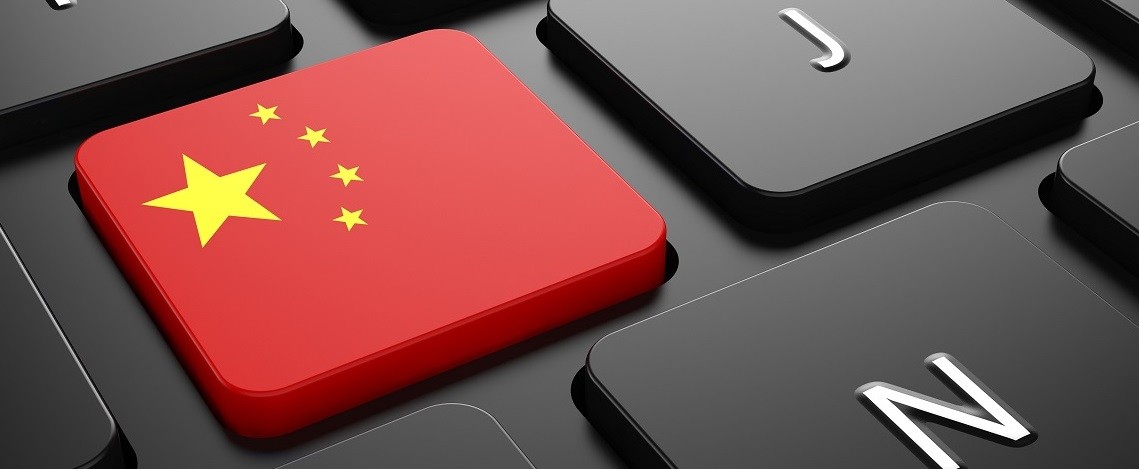
Self Imposed Isolation
As China was isolated from the rest of the world for most of the two previous centuries industrial and technological revolutions, they have recently begun to opened up and modernise their economy. China has expanded rapidly over the past twenty or so years in an attempt to catch up with the rest of the advanced world. The Chinese have evolved and grown their industries and economy at a lightening pace, that only the Chinese know how to achieve.
Consumer Trends
Chinese consumerism is also rapidly evolving and changing. In the past three decades Chines consumer habits have changed greatly. The older generation have generally maintained traditional spending habits, where as the middle-aged Chinese move between between tradition and new purchase trends. But, the younger generation is becoming more Westernised and quality conscious. These young western style consumers don’t really save their earnings, they spend most of their income on entertainment, advanced electronics, and other trendy products. They shop online and look for products that help distinguish their personalities. They are also becoming impulse buyers similar to western stye shoppers.
In addition to many cultural and social differences that exist in the rest of the world, the Chinese have also skipped certain common technological habits that most of the world is addicted to, such as credit card usage and personal privacy.
They have jumped straight into eCommerce, lead the world in face recognition technology and pay for everything via their cell phones for example.
Regulation and Personal Privacy
Over the last several decades, together with the economic boom, China has developed a mixed economy that includes both government and private holdings. It has been created by a mutual interaction between state-owned capital, collective capital, and non-public capital. Therefore, the resulting Chinese economical success can be attributed to the introduction of the free market mechanism, although the central Chinese government still maintains ultimate control.
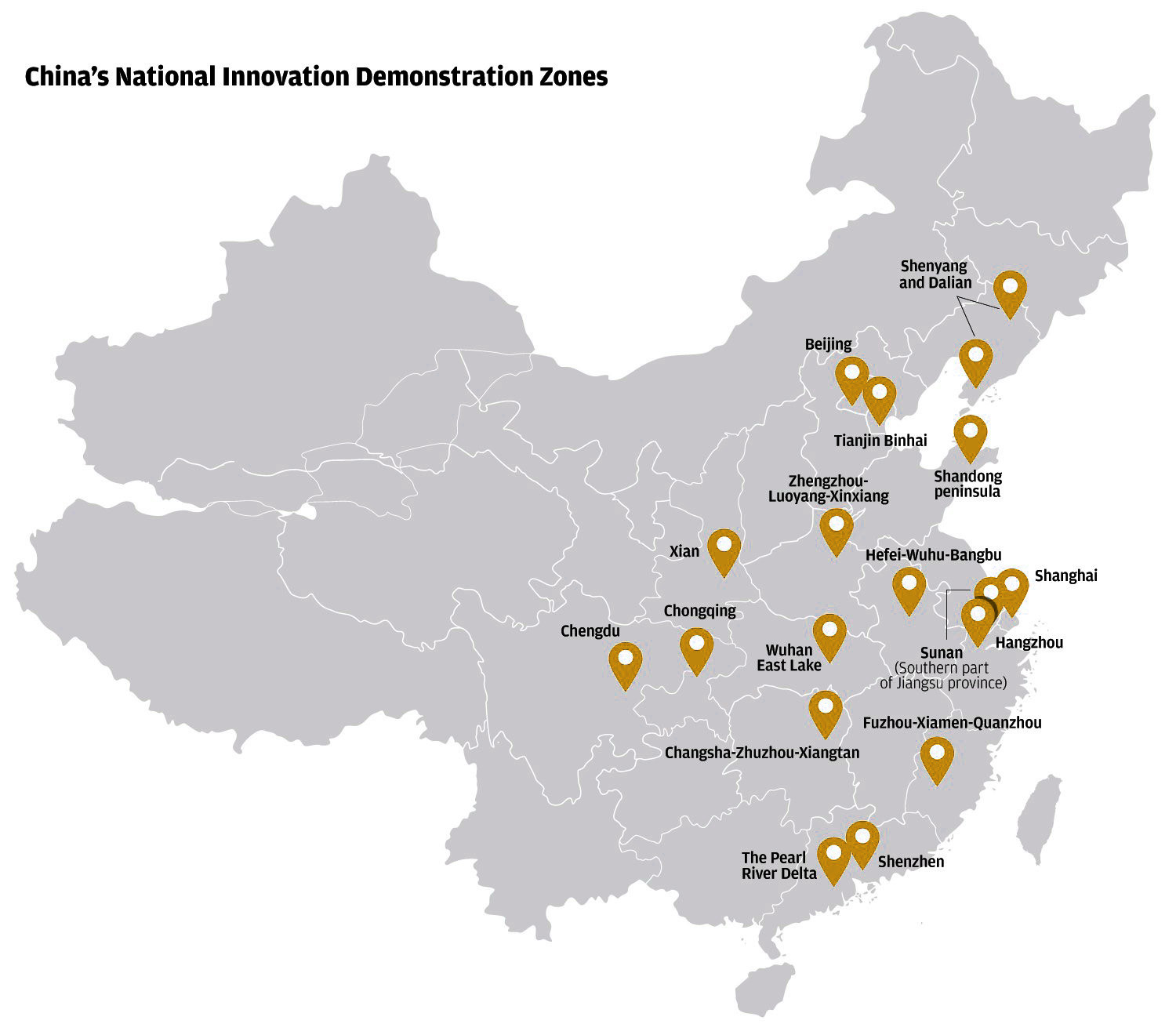
Don’t be mistaken by these developments, China is still a fully regulated economy and country. The Chinese still essentially have a collective communist mentality. So when it comes to their consumer mentality, many of the western phobias associated with personal privacy for example, do not exist. For the Chinese mentality there is no personal privacy. All interaction with the rest of the world is carefully planned and mapped out.
As an indirect result the total Chinese governance in all walks of life, the adoption of new technologies is almost instant because the Chines do not fear intrusion into their personal realm as they have none, they also do not hesitate (as with western consumers) as they feel that they need to catch up with the rest of the world, although their pride will not let them state this fact openly. The state rules all and everything and the Chinese love their state. They are proud and defensive when they are challenged on many issues regarding their morality and judicial aspects of life from a “western” point of view, and often make solid and valid arguments in this regard.

So, I think it’s time to look at what exactly is going on in China as far as their internet habits are concerned and what that means regarding their economic sophistication and industrial tech evolution. Let’s not forget that China is a fully regulated and controlled economy with a huge market. Even if a company is termed “private” it is still closely tied to the state.
When China does something, they do it like only the Chinese know how to do it, BIG!
Economies of Scale
First of all, China is the second and soon to be the largest economy in the world. With a population of more than 1.5 billion people, China sports more than 860 million internet users. 81% of those users are under the age of 38. The official language of China is “Putonghua” (Standard Chinese/Mandarin with Simple Characters) and that makes Chinese the second most popular language on the web, and the fastest growing.
China currently has more than 1.44 billion mobile subscriptions and this number is growing daily. This gives China more than 20% of the mobile market share. Most Chinese use mobile phones for their internet use mainly because they are technologically late adapters thus, they skipped the desktop and laptop phases and jumped straight into the mobile device phase. This is a common phenomenon in many aspects of Chinese commercial life. May Chinese also have more than one mobile device subscription.
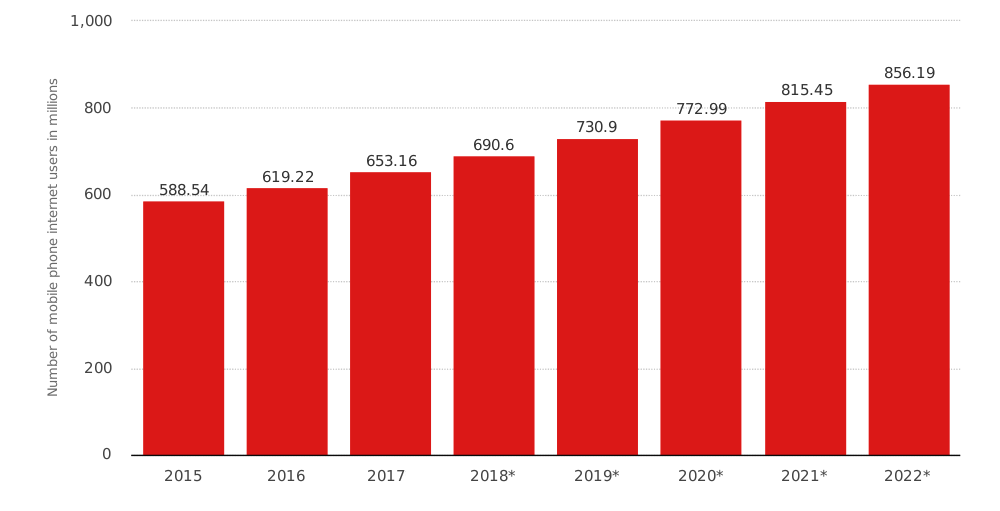
Because China is basically a closed tightly regulated economy, hemmed in by what is referred to as the “great firewall of China” with such tech giants such as Google, Bing, Yahoo and YouTube blocked from Chines consumers, home grown replacements have taken root and are growing rapidly. These are some of the parallel search engines and their market share, Baidu (68%), Quihoo (22%), and Sogou (11%).
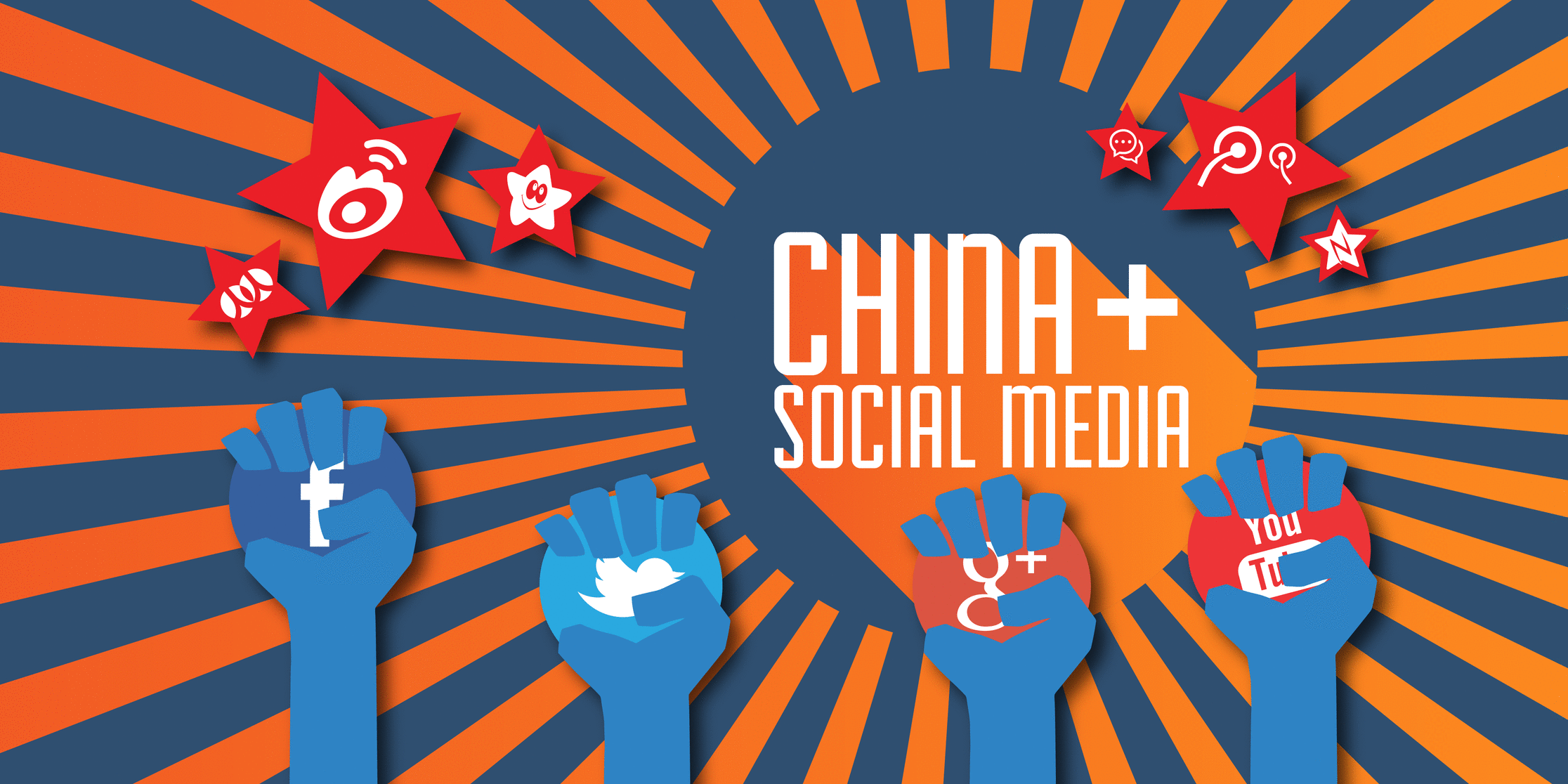
What is also interesting to note is that Chinese internet habits differ from their counter parts in the rest of the world. The average time a user views search results in the western world is approximately around 10 seconds, their Chines counterparts view search results for around a minute, that’s a big difference.
The average age of search engine users is between 35 and 40 years old in the west, and in China it is around 25 years old.
Internet Usage and Unique Providers
More than 40% of daily online Chinese internet usage is spent on social media with more than 861 million (MAU) monthly active users on Qzone, 313 million (MAU) on Weibo, 988 million (MAU) WeChat and more than 861 millions daily users on TenCent Weibo. That’s a lot of internet usage.
By comparison, Google + has 1 billion (MAU), Facebook 2.2 billion (MAU) and YouTube has around 5 billion daily active video views. The last three networks are blocked in China giving the Chinese networks a monopoly on the Chinese market in those categories.
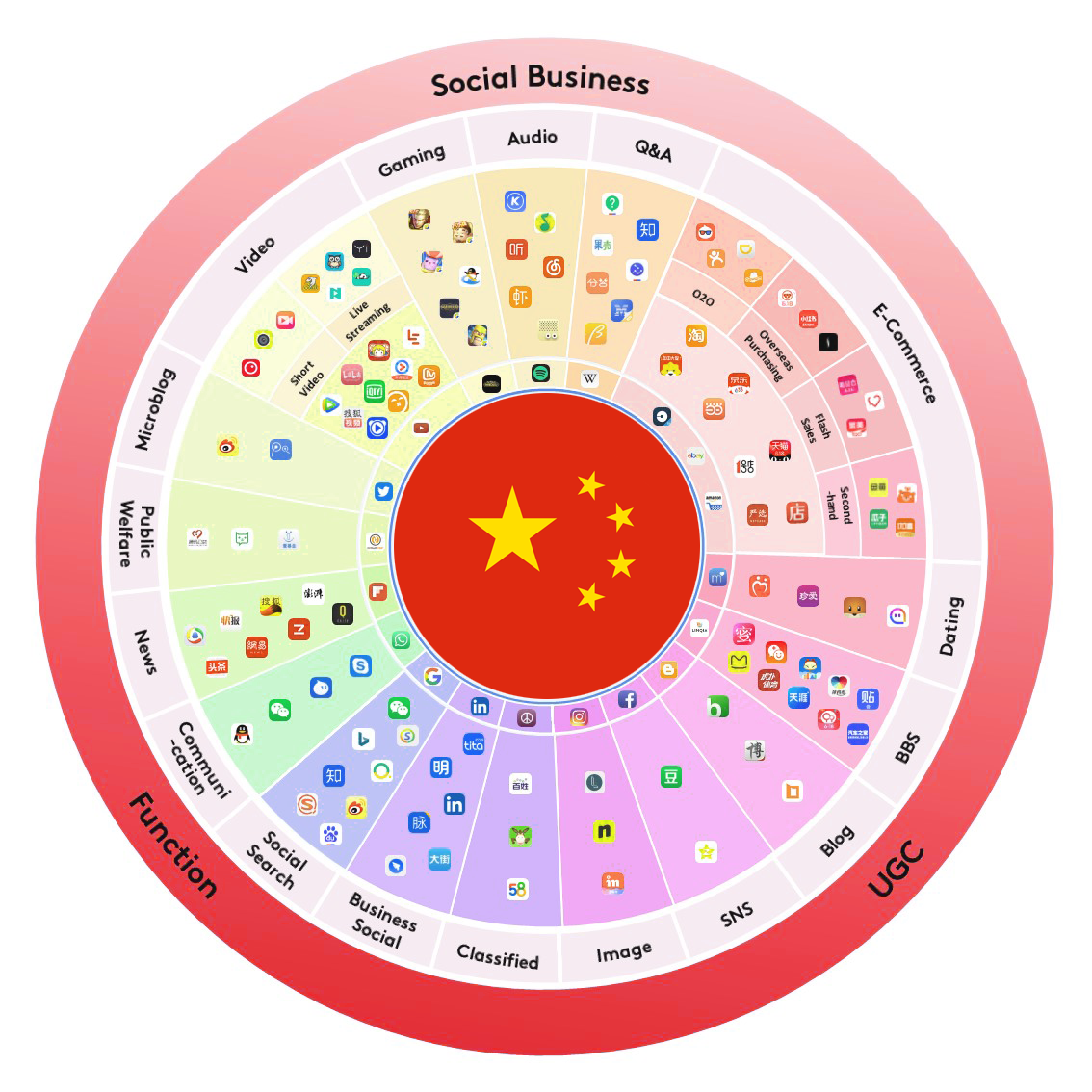
Smart Phone Dominance
More than two thirds of smartphone usage is for shopping online and the most purchased items in order of volume, clothing, electronics, books and cosmetics. Chinese online sales topped more than $765 billion in 2017, the US $698 billion and the EU $434 billion by comparison. The most popular form of online payment systems in China are Tenpay (Weibo) and then Alipay. The Chinese don’t even know how to user credit cards.
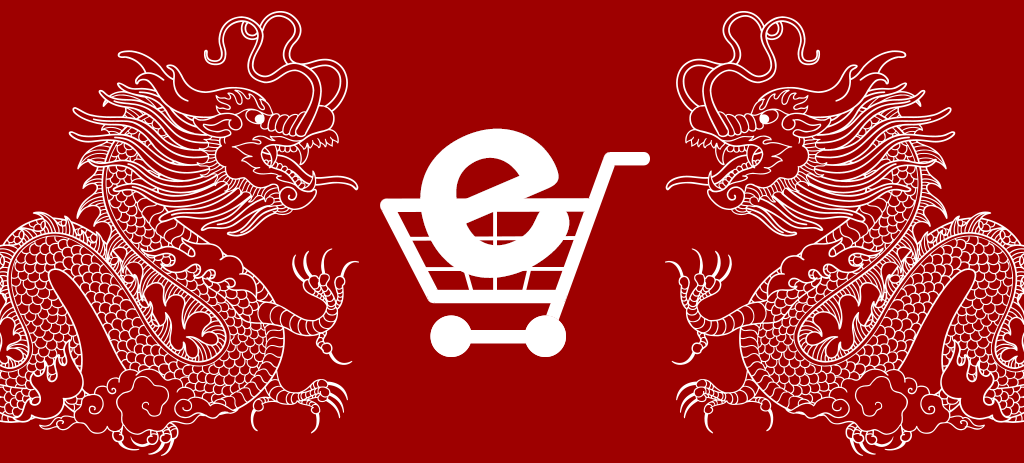
Catching Up to the Rest of the World
At the current rate of growth and technological advancement the Chinese tech industry level the playing field with America’s within the next 10-15 years and maybe even sooner. When the Chinese decide to do something, they move at a lightening pace because it is regulated and maintained by law and rigorous enforcement as China is not a democracy. These massive changes will directly effect export profits and raise global standards. The Chinese state run economy are starting to make some courtiers very nervous about their reliance on Chinese technology and products in general. As we can now see the trade ware between the US and China taking off this will probably lead to economic and technological isolation. Chinese telecommunication giants such as Shiomi and Huaei are beginning to make more than a dent in the traditionally western ruled market segments.
To Conclude
Although China is in the midst of an internet technological revolution and the sheer numbers are mind blowing, only 40% of the Chinese population use the internet. By comparison, 78.2% of the united states population use the net, 10.1% of the Indian population use the net and 78.7% of the Japanese population use the net. So, China still has a fair way to go before they match the internet usage statistics for the rest of the world.
The Next Step
It will also be interesting to see what the next technological advance will be that will entice Chinese users to move away from the smart phone monopoly and start to engage the internet for more powerful AND varied computing platforms. Currently, 95% of internet usage in China is performed via the smart phone which has certain screen size and CPU limitations. Not to mention the use of peripheral hardware devices. It is also important to note that many Chinese own and actively use multiple devices, one for work and one for home.
Shifting the Center of Trade
The Chinese are a proud people and they don’t like to admit that they are behind or lacking in any way shape of form. As a result of this intrinsic baseline understanding they urgently strive to achieve not only an equal positioning within the world as a whole but also bring to the table their own unique style and ingenuity. The China of tomorrow is technologically advanced, modern, materialistic and eager to create new a world order with China at it’s center.
Related Articles
Read the following articles to gain more in-depth understanding of China and Chinese cultural norms and understandings.
Pixel Accurate UX Designs
When designing a new product UI, I alway try to employ the K.I.S.S method, of "keep it simple stupid", it hasn't failed me yet. If on the other hand you have no choice but to create a new custom control then provide the developer with a "pixel accurate" screenshot...
How to Prioritize your Product Backlog
A product backlog is the definitive list of all the new epics, features (changes to existing features), user stories, bug fixes, infrastructure changes and maintenance items of your software product. It is also the place to add any other additional tasks that a...
UX Prototyping – The Only Way to Fly
Creating a software solution is a labor intensive human endeavour. It requires input from many different disciplines and stakeholders for it to reach fruition. So, before you start to crunch code maybe you should give some thought to first building a full interactive...

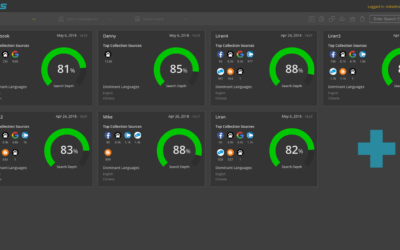

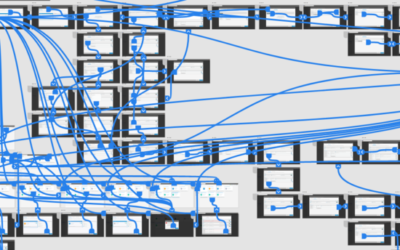
Recent Comments